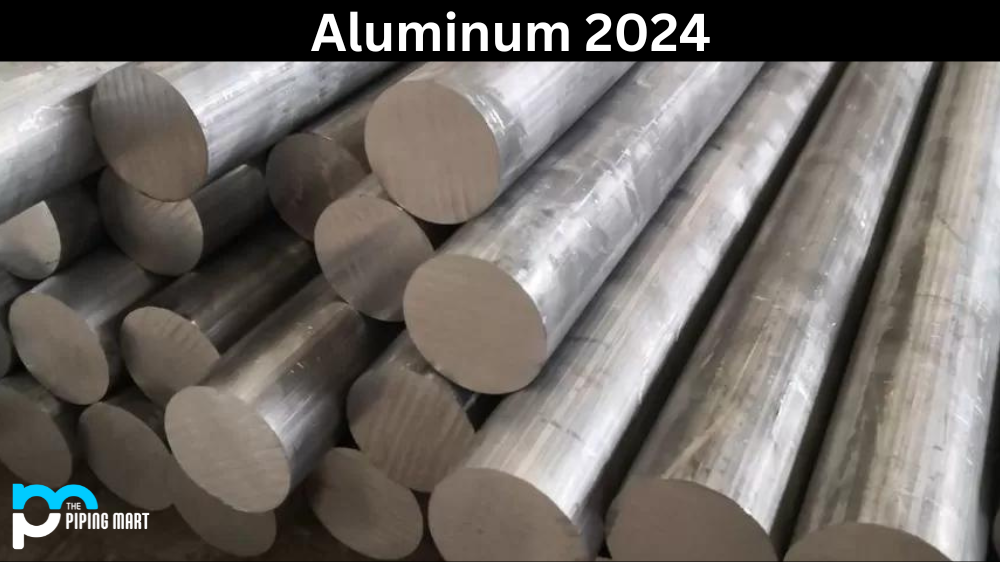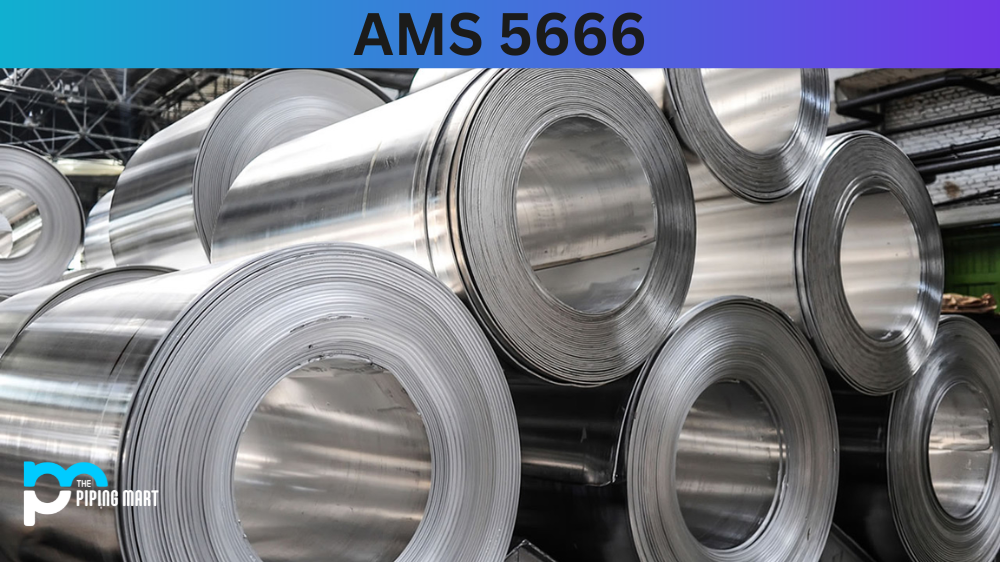Stainless steel is a versatile metal widely used in various industries due to its excellent corrosion resistance and durability. One such type of stainless steel is the 333 Stainless Steel, nickel-chromium-molybdenum steel with excellent strength and corrosion resistance properties. This blog post will dive deep into the 333 Stainless Steel and discuss its composition, mechanical and physical properties, uses, corrosion resistance, heat treatment, machining, and welding capabilities.
333 Stainless Steel Composition
The 333 Stainless Steel contains 20-23% chromium, 11-14% nickel, 3-4% molybdenum, and a maximum of 0.3% carbon. The steel is alloyed with these elements to improve its mechanical and physical properties, especially its corrosion resistance capability.
| Element | Content (%) |
|---|---|
| Nickel, Ni | 44 – 47 |
| Chromium, Cr | 24 – 27 |
| Molybdenum, Mo | 2.5 – 4 |
| Cobalt, Co | 2.5 – 4 |
| Tungsten, W | 2.5-4 |
| Manganese, Mn | 2 |
| Silicon, Si | 0.75 |
| Carbon, C | 0.08 |
| Sulfur, S | 0.03 |
| Phosphorous, P | 0.03 |
| Iron, Fe | Balance |
333 Stainless Steel Mechanical Properties
The 333 Stainless Steel has impressive tensile and yield strength, toughness, and ductility. Its ultimate tensile strength is 680 MPa, while its yield strength is 310 MPa. The elongation percentage of the steel is 40%, while its hardness is 95 HRB.
| Properties | Metric | Imperial |
|---|---|---|
| Tensile strength | 738 MPa | 107000 psi |
| Yield strength | 324 MPa | 47000 psi |
| Elongation at break | 48% | 48% |
333 Stainless Steel Physical Properties
Regarding physical properties, the 333 Stainless Steel has a density of 7.87 g/cm³ and a melting point of 1460-1510 °C. The steel also has good thermal conductivity, which makes it ideal for high-temperature applications.
333 Stainless Steel Uses
The 333 Stainless Steel has many applications ranging from chemical processing equipment, heat exchangers, and power generation to pulp and paper industries. The steel is also ideal for marine and offshore applications due to its high chloride-induced stress corrosion cracking resistance.
333 Stainless Steel Corrosion Resistance
The 333 Stainless Steel has excellent corrosion resistance properties, especially in high chloride environments. The steel has a higher pitting and crevice corrosion resistance than other austenitic stainless steel. This property makes the steel suitable for saltwater and different corrosive environments.
333 Stainless Steel Heat Treatment
The 333 Stainless Steel is not hardenable to heat treatment, but its mechanical properties can be improved by cold working. The steel can also be annealed at temperatures ranging from 1010-1120 °C, followed by quenching in water or air.
333 Stainless Steel Machining
The 333 Stainless Steel is tough to machine due to its high strength and work-hardening tendency. The steel can be machined using high-speed steel or carbide-cutting tools. Coolants should also be used to avoid workpiece warping and tool damage.
333 Stainless Steel Welding
The 333 Stainless Steel has excellent weldability, and it can be welded using various techniques such as gas tungsten arc welding (GTAW), gas metal arc welding (GMAW), and shielded metal arc welding (SMAW). The steel is ideal for welding due to its low carbon content, which minimizes carbide precipitation and sensitization during welding.
Conclusion
The 333 Stainless Steel is an excellent choice for various applications due to its high strength, excellent corrosion resistance properties, and durability. Steel’s wide range of applications includes chemical processing equipment, heat exchangers, power generation, and pulp and paper industries. The steel is ideal for marine and offshore applications due to its high resistance to chloride-induced stress corrosion cracking. Its mechanical and physical properties, such as tensile and yield strength, ductility, and thermal conductivity, make it ideal for high-temperature and corrosive environments.

A passionate metal industry expert and blogger. With over 5 years of experience in the field, Palak brings a wealth of knowledge and insight to her writing. Whether discussing the latest trends in the metal industry or sharing tips, she is dedicated to helping others succeed in the metal industry.




